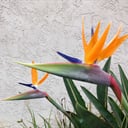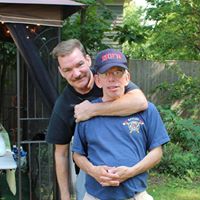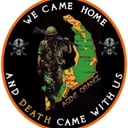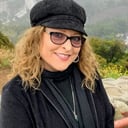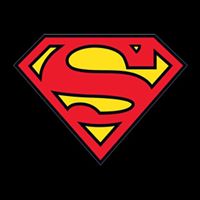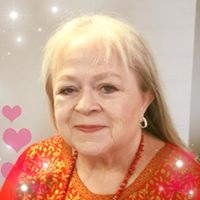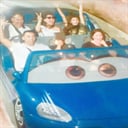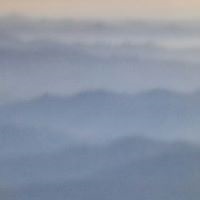During World War II a select group of Navajo Native Americans were recruited by the U.S. Marine Corps to perform a secret, but vital function in the war effort. What was their designation?
The name code talkers is strongly associated with bilingual Navajo speakers specially recruited during World War II by the Marines to serve in their standard communications units in the Pacific Theater.
Philip Johnston, a civil engineer for the city of Los Angeles, proposed the use of Navajo to the United States Marine Corps at the beginning of World War II. Johnston, a World War I veteran, was raised on the Navajo reservation as the son of a missionary to the Navajo. He was one of the few non-Navajo who spoke the language fluently. . . One estimate indicates that at the outbreak of World War II, fewer than 30 non-Navajo could understand the language.
Early in 1942, Johnston met with Major General Clayton B. Vogel, the commanding general of Amphibious Corps, Pacific Fleet, and his staff. Johnston staged tests under simulated combat conditions which demonstrated that Navajo men could encode, transmit, and decode a three-line English message in 20 seconds, versus the 30 minutes required by machines at that time.
The Navajo code talkers were commended for their skill, speed, and accuracy demonstrated throughout the war. At the Battle of Iwo Jima, Major Howard Connor, 5th Marine Division signal officer, had six Navajo code talkers working around the clock during the first two days of the battle. These six sent and received over 800 messages, all without error. Connor later stated, "Were it not for the Navajos, the Marines would never have taken Iwo Jima."
More Info:
en.wikipedia.org

